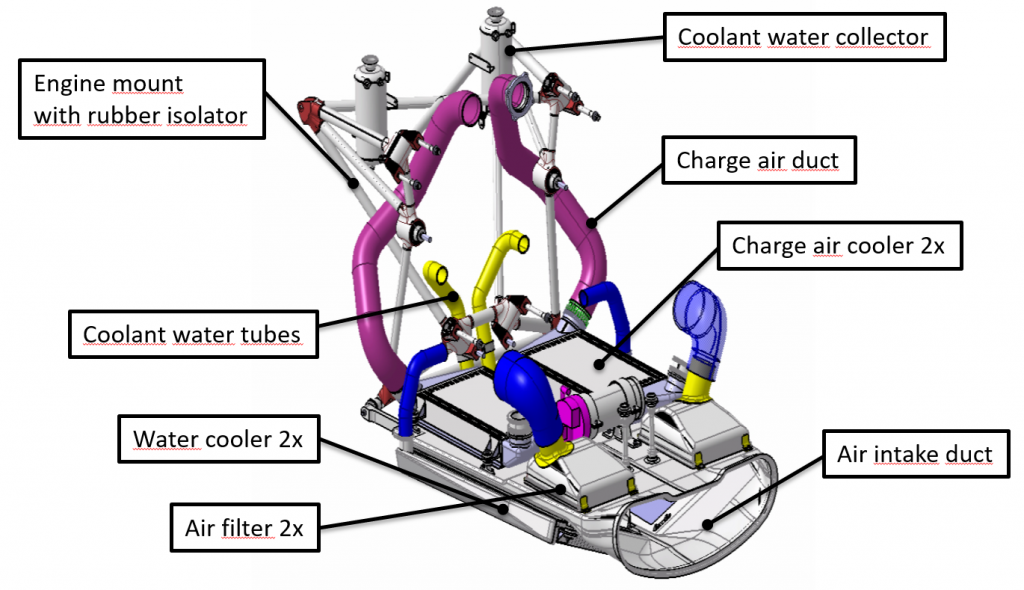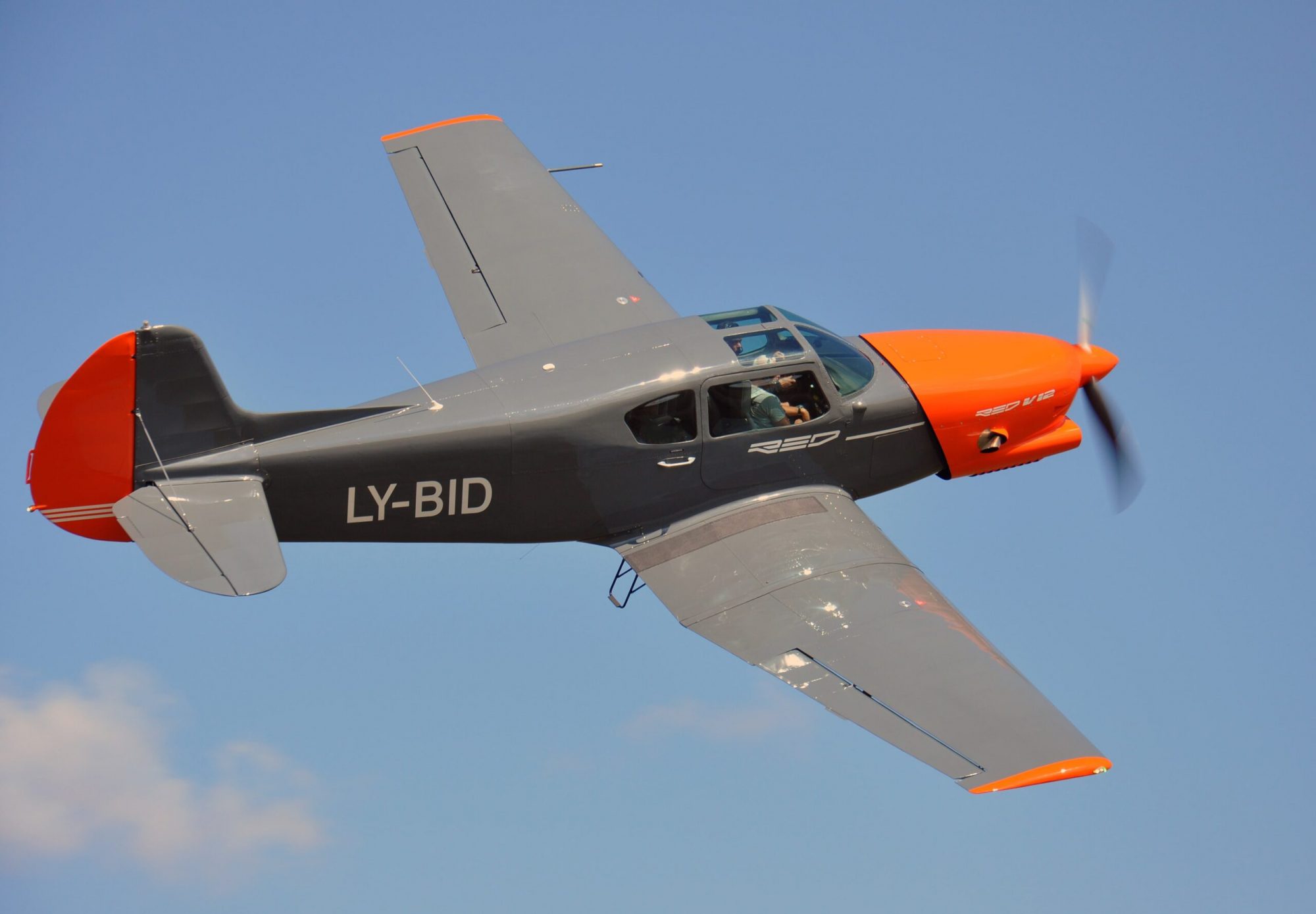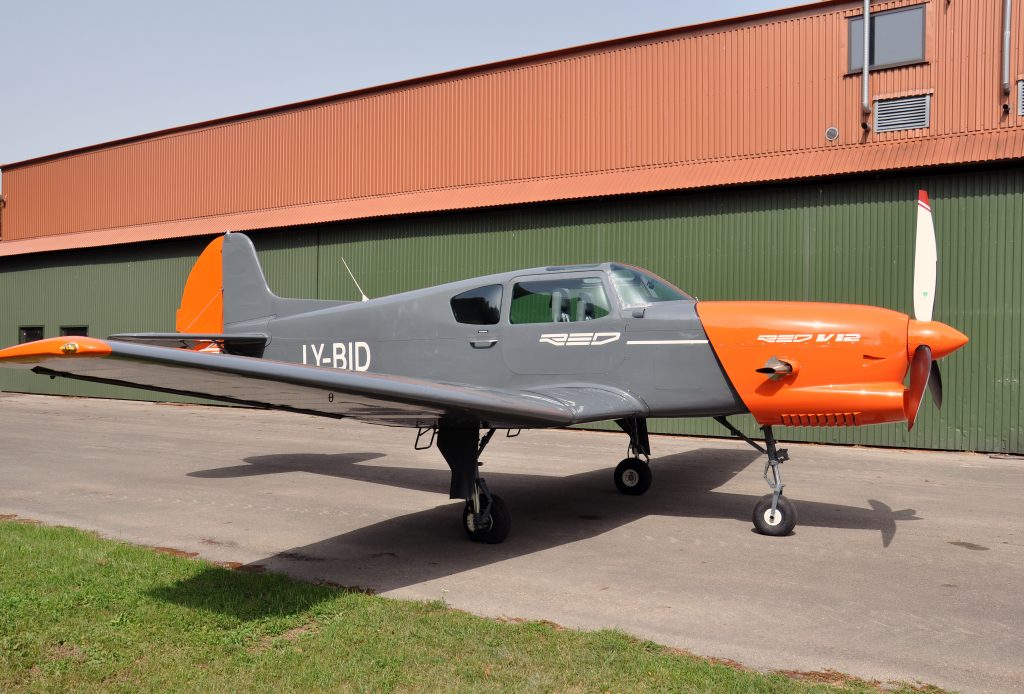
RED A03 Powered YAK-18T
Red aircraft GmbH has successfully fitted its revolutionary RED A03 engine to a YAK18T. By retrofitting a brand new engine to a pre-existing airframe, RED seeks to demonstrate the key benefits provided by the engine to other manufacturers and operators.
RED aircraft has successfully test flown a YAK-18T fitted with its highly efficient RED A03 engine. The flight represents a significant milestone for the company as it has exceeded expectations concerning performance and efficiency. In an unorthodox and proactive move, it was Raikhlin Aircraft Developments who initiated the conversion. In doing so, they have practically demonstrated several key benefits provided by the engine.
The Yak-18T was developed in the 1960s as a basic trainer, used to train Aeroflot pilots. It also saw sporadic use in the Soviet military as communication and reconnaissance aircraft. In more modern times, it was adopted as a reliable and affordable touring aircraft. With up to five seats, it provides plenty of room. The airframe is heavier than other aircraft of equal size, so it provided RED Aircraft with the ideal opportunity to demonstrate how effectively a high-powered engine can be utilized and retrofitted to something that would benefit most effectively.
RED was delighted with the performance of the engine. In a statement issued by the company, Jürgen Schwarz said:
”Compared to the traditional powerplant, the aircraft’s cruise speed increased significantly, while having more power reserves available. The aircraft is now equipped with modern instrumentation allowing for a precise control and monitoring of its engine systems. The YAK -18T- RED A03 is set for a brighter future with its powerful and more efficient power plant the RED A03”
The benefits provided by the engine are numerous. The YAK-18T has always been a versatile aircraft. In particular, its ability to take off and land in very short distances makes it the ideal platform to test an engine that can provide 500HP at sea level. It is also capable of aerobatics. With Full Authority Digital Engine Control (FADEC), pilots can ensure accuracy and precision in the power they require during any manoeuvre while minimizing pilot workload.
The YAK-18T is a single-engine aircraft. Types such as these have a greater requirement for the utmost reliability. The RED A03 features two-cylinder bank redundancy, each of which is capable of independent operation. This significantly increases safety in the operation of the engine. The FADEC also stores and monitors engine data, allowing early identification of potential problems. This can also serve to reduce the potential downtime when maintenance is required.
By retrofitting the RED A03 engine, RED Aircraft has shown that solutions, such as theirs, are the future of aviation propulsion, both in new conceptual aeroplanes and existing types. By fitting the engine to existing airframes that traditionally used older and less efficient systems, the results spoke for themselves.
The RED A03 gave the YAK-18T exceptional climb performance. In fact, with the new engine onboard, the climb rate was doubled. Other key metrics were improved by similar margins. With the RED A03 fitted, the useful load of the YAK was increased by over 50%. The maximum speed was an area of particular interest. With the ‘old’ engine, the YAK could expect to reach a maximum speed of around 262 km/h. The RED A03 allows it to reach a maximum speed of around 400km/h.
The above is even more impressive when considering that the A03 was found to use 20-40% less fuel while achieving the above numbers. With longer missions, this represents a significant cost saving.
This project, voluntarily undertaken by RED Aircraft, demonstrated their confidence in the design and specification of the high-performance engine. By retroactively and successfully modifying an older aircraft with new technology, they have opened the door to a world of exciting possibilities. This is true for both newer concept aircraft like the Otto Celera and pre-existing airframes that could be ideally placed to take advantage of better efficiency and performance
The Aircraft is for sale. Demo flights and presales inspection are available at Termikas in Kaunas. Price talks may start at 480,000 Euros plus Tax if applicable
| YAK – 18T | |||
| Engine: | M14P | A03-00 | |
| Maximum Range | km | 400 | 1.134 |
| General Performance | |||
| Maximum speed TAS | km/h | 262 | 410 |
| kts | 141 | 221 | |
| Fuel consumtion at 300 hp | kg/h | 66 | 48 |
| Fuel consumtion at 460 hp | kg/h | 75 | |
| Rate of climb | ft/min | 990 | 2100 |
| Fuel Economy | |||
| Fuel prices EU | Eur | 2,85 | 2,45 |
| fuel cost per hour | EUR | 250,8 | 158,92 |
| fuel cost per 100h operation | EUR | 25.080 | 15.892 |
| average save | EUR | -9.188 | |
| fuel cost per 1000h operation | EUR | 250.800 | 158.919 |
| average save | EUR | -91.881 | |
| fuel cost per 3000h operation | EUR | 752.400 | 476.757 |
| average save | EUR/Gal | -275.643 |
The key Arguments:
- 20% to 40% lower fuel burn compared to turbine
- Air induction (turbo charged).
- Common Rail Direct Fuel Injection .
- High-efficiency liquid-cooling circuit.
- FADEC, single-lever powertrain control
- Integrated dual-lane redundancy in FADEC.
- Design Assurance Level: DAL B.
- Self-carrying engine structure design
- Enables use of 10 mounting points on the rear engine face for cantilever installation.
- Integrated cowling-attachment points.
- Dry-sump oil lubrication system with multiple scavenge pumps.
- Engine and transmission oil reservoir integrated in gear box housing.
- Engine and gearbox oil integrated heat exchanger, mounted on the engine block.
- Self-adjusting hydraulic valve lifters.
- Spur-gear driven camshaft and auxiliary pumps
- Two optional alternators 28 V, up to 120 Amp.
- Auxiliary flange AND 20010 for optional auxiliary drive (up to 6.5 KW).
- Designed for manufacturability and ease of maintenance
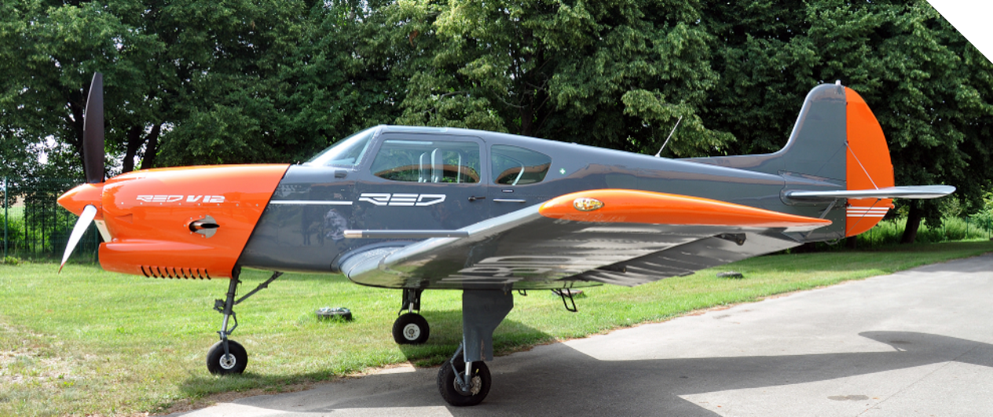
Electric system changes
24V DC
Two main electrical Busses – main bus 1 and 2.
2 Alternators / 2 Batteries
Essential Bus – fed from the two main busses
Single failure tolerant layout. A single fault will not result in Loss of Power
Fuel system
Kerosene fuel (TC-1, JET-A…)
Fuel capacity increased to 380 L
Redundant fuel supply, with 3 feed transfer pumps
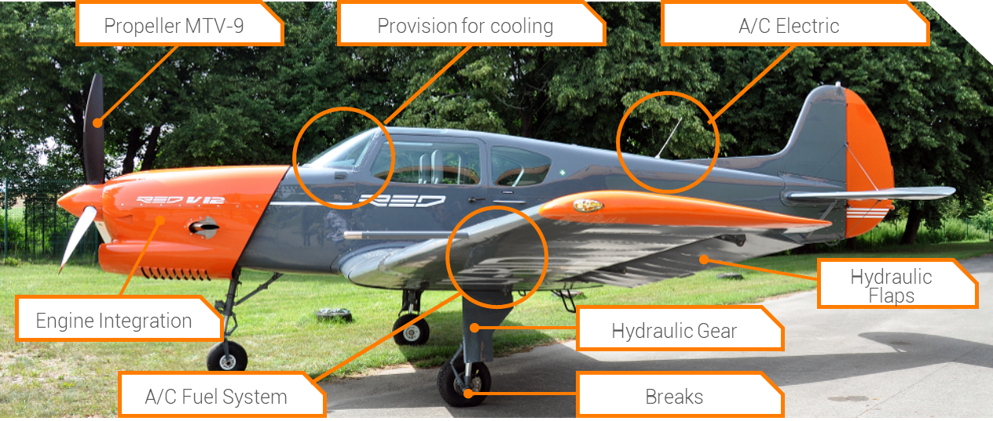
Glass cockpit
10” – HDX1100 Screens, MFD and PFD
Dynon Skyview System
Standby Flight Instruments EFIS, COM
Radiopanel PS Engineering – PMA8000BT
Mode-S Transponder
Traffic Alarm (FLARM)
Engine Display – MVP-50T
Optional capability for IFR and Autopilot
Engine Frame
Cowling
MTV-9 or MTV-5 Propeller System
Pneumatic system change
Hydraulic retractable Gear
Hydraulic Flaps
No pneumatic component
